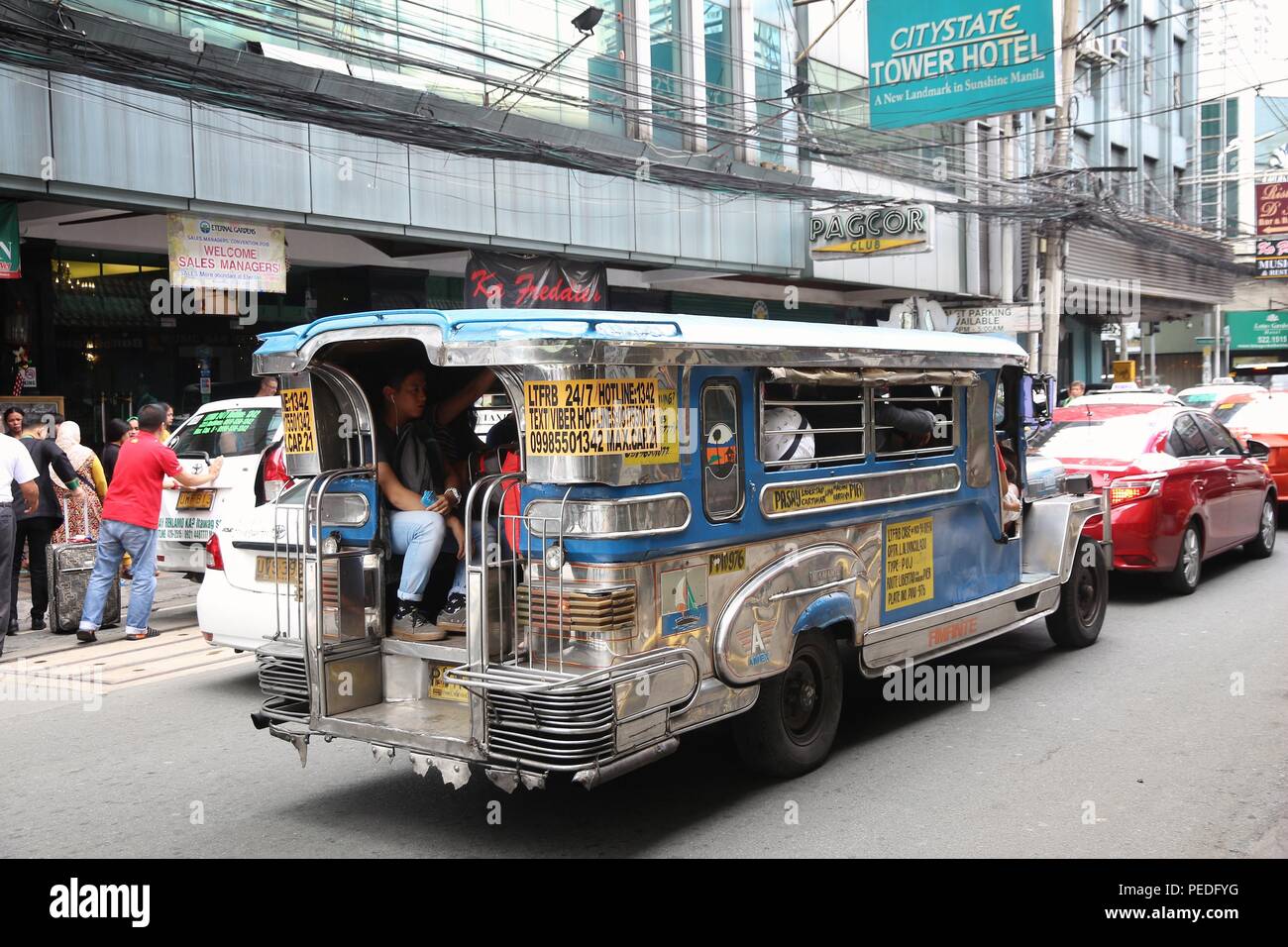Exactly How Transportation Marketing Can Change Public Transport Spaces Into Dynamic Marketing Platforms
Transportation marketing holds significant possibility to redefine public transportation rooms into vivid advertising and marketing platforms that involve and notify. By making use of innovative styles such as interactive booths and digital display screens, brand names can not only reach a varied audience but likewise improve the overall traveler experience. This technique creates an one-of-a-kind possibility for brand names to connect with consumers in a setup that is commonly neglected. As we check out the multifaceted advantages and progressing techniques of transit marketing, it elevates the question of exactly how this makeover could redefine our interactions with both brands and the urban environment.
Advantages of Transportation Advertising And Marketing

In addition, transportation marketing is highly cost-efficient compared to traditional media. It permits marketers to accomplish high perceptions at lower prices, taking full advantage of roi. The captive target market of travelers offers a possibility for brand names to communicate their messages to individuals who are usually responsive during their traveling times.
In addition, the vibrant nature of transit advertising and marketing permits campaigns to be updated frequently, making certain that messaging continues to be pertinent and timely. This versatility can be vital in reacting to market fads or marketing events, maintaining the brand top-of-mind for customers. Finally, the pervasive existence of transportation marketing adds to brand name recall; duplicated exposure within familiar traveling contexts reinforces brand awareness and promotes customer loyalty, eventually driving sales and enhancing brand track record.
Kinds of Transit Marketing
Mass transit systems supply various styles for advertising, each dealing with different advertising and marketing techniques and target market engagement approaches. One prominent kind is external bus and train wraps, which cover the whole vehicle and produce a mobile billboard result, permitting high visibility in urban environments. These wraps can capture attention as they traverse busy streets, reaching a varied target market.
Another popular layout is indoor marketing, that includes posters, digital displays, and advertisements on transit seats. These positionings involve travelers during their trip, strengthening brand messaging in a confined room. Digital shows, in specific, provide the benefit of vibrant content, making it possible for marketers to update messages in real-time.
Station advertising and marketing is likewise significant, including posters, banners, and interactive booths within transit terminals. These ads leverage foot website traffic and can target particular demographics based upon place.
Lastly, advertising collaborations with transit authorities can bring about special campaigns, such as themed transportation experiences or events, boosting the general involvement with travelers. Each type of transportation marketing provides distinct benefits, allowing brands to customize their method to efficiently reach their target market within the public transport environment.
Engaging Commuters Properly
Commuters are increasingly swamped with advertising and marketing messages during their day-to-day travels, making it essential for brand names to involve them in ingenious means. To capture focus in this crowded room, advertisers have to prioritize imagination and relevance. Making use of captivating visuals and concise messaging can significantly improve the likelihood of interaction.
Interactive elements, such as QR codes or increased reality attributes, can likewise change static advertisements into immersive experiences, fostering a deeper link with the audience. Brand names must focus on addressing travelers' requirements and interests, customizing messages to reverberate with their lifestyle, whether through promotions for neighborhood companies or services designed to enhance their commuting experience.
Moreover, timing plays a critical role; purposefully putting advertisements throughout optimal commuting hours can take full advantage of presence and impact. Involving travelers properly also involves leveraging social media sites integration, allowing travelers to share their experiences or promotions directly from transportation systems, consequently intensifying brand name reach.
In essence, efficient engagement hinges on understanding the traveler trip and producing compelling, interactive, and pertinent advertising and marketing experiences that not just catch attention but additionally drive activity and loyalty. By doing so, brand names can change public transportation into a vibrant advertising and marketing system that resonates with its audience.

Measuring Advertising Effect
Exactly how can brands accurately assess the efficiency of their advertising and marketing projects en route settings? Determining the effect of transportation marketing requires a multifaceted method that combines qualitative and quantitative metrics. One widespread technique is tracking engagement with mobile analytics, where brands can assess foot traffic patterns and app interactions in this post the past, during, and after projects.
Surveys can give important understandings into brand name recall and consumer belief, allowing brand names to gauge exactly how well their messages reverberate with commuters. In addition, keeping an eye on social media interaction relevant to particular projects can reveal shifts in public assumption and brand conversation.

Additionally, working together with transportation agencies can enhance measurement precision, as they frequently possess in-depth group information on ridership trends. By integrating these methods, brand names can create a comprehensive understanding of their marketing efficiency, making sure that their projects not just get to but additionally affect their target market properly.
Future Fads in Transportation Advertising
A significant shift is anticipated en route marketing as technological developments and changing consumer behaviors reshape the landscape. Transit Advertising Philippines. The integration of digital displays and interactive media is anticipated to enhance involvement, permitting brand names to supply dynamic material that resonates with diverse target markets. As public transportation systems welcome smart modern technology, marketers will certainly take advantage of real-time data analytics to tailor messages based on traveler demographics and actions
In addition, enhanced fact (AR) is positioned to reinvent the method commuters communicate with ads. By providing immersive experiences, AR can change an ordinary trip right into an interesting story that catches focus and cultivates brand loyalty. This innovation will likely urge marketers to produce more experiential projects that drive consumer interaction.
Sustainability is an additional important pattern affecting transit marketing. As ecological consciousness grows, brand names will increasingly look for to align with environmentally friendly techniques, using sustainable products and promoting environment-friendly initiatives within their campaigns.
Conclusion
Finally, transit advertising and marketing provides substantial advantages by boosting brand exposure and involving a captive target market. Through different layouts, such as exterior covers and electronic screens, it changes public transport right into a vibrant marketing system. Effective interaction approaches and robust measurement strategies further magnify its influence. As trends progress, the possibility for innovative communications between travelers and brands is positioned to expand, ensuring that transit marketing continues to be an important component of contemporary advertising and marketing techniques.
Transit advertising holds significant possibility to redefine public transport rooms right into vivid advertising and marketing systems that involve and notify. The pervasive presence of transportation advertising and marketing adds to brand recall; repeated direct exposure within acquainted travel contexts strengthens brand awareness and cultivates home customer commitment, eventually improving and driving sales brand track record.
How can brands properly analyze the performance of their marketing campaigns in transit settings?In verdict, transportation marketing offers substantial advantages by enhancing brand presence and engaging a captive target market. Transit Advertising Philippines. As fads advance, the capacity for innovative communications in between brands and travelers is positioned to grow, guaranteeing that transit advertising continues to be an visit this site essential element of contemporary marketing approaches
Comments on “Why Select Transit Advertising Philippines for Your Brand name”